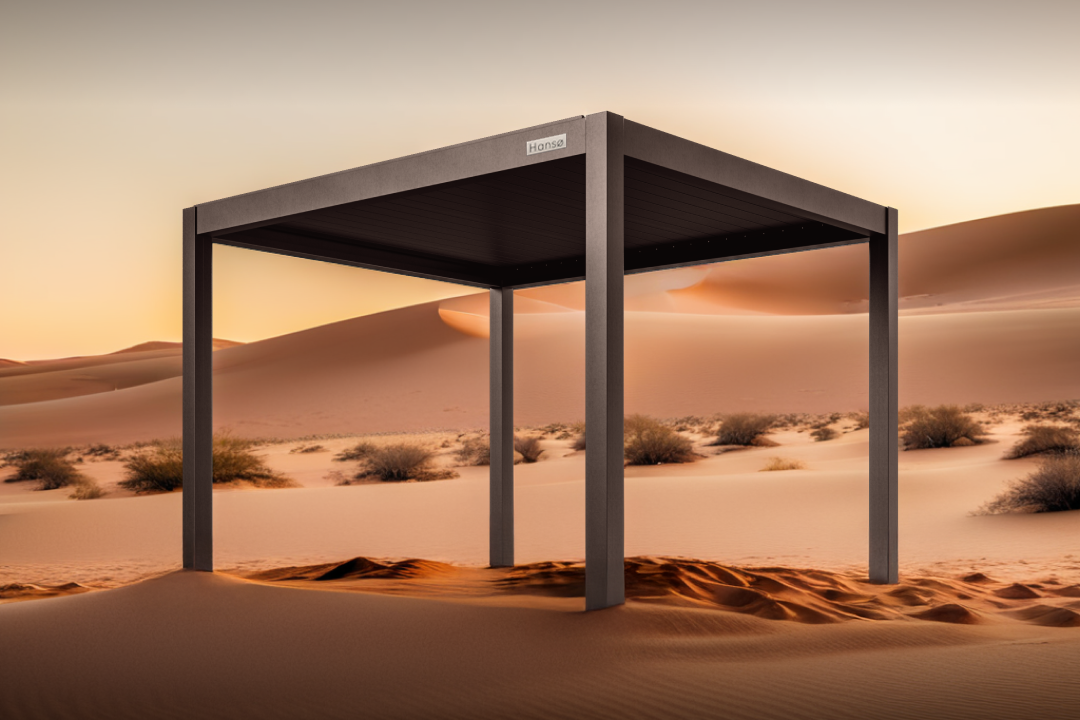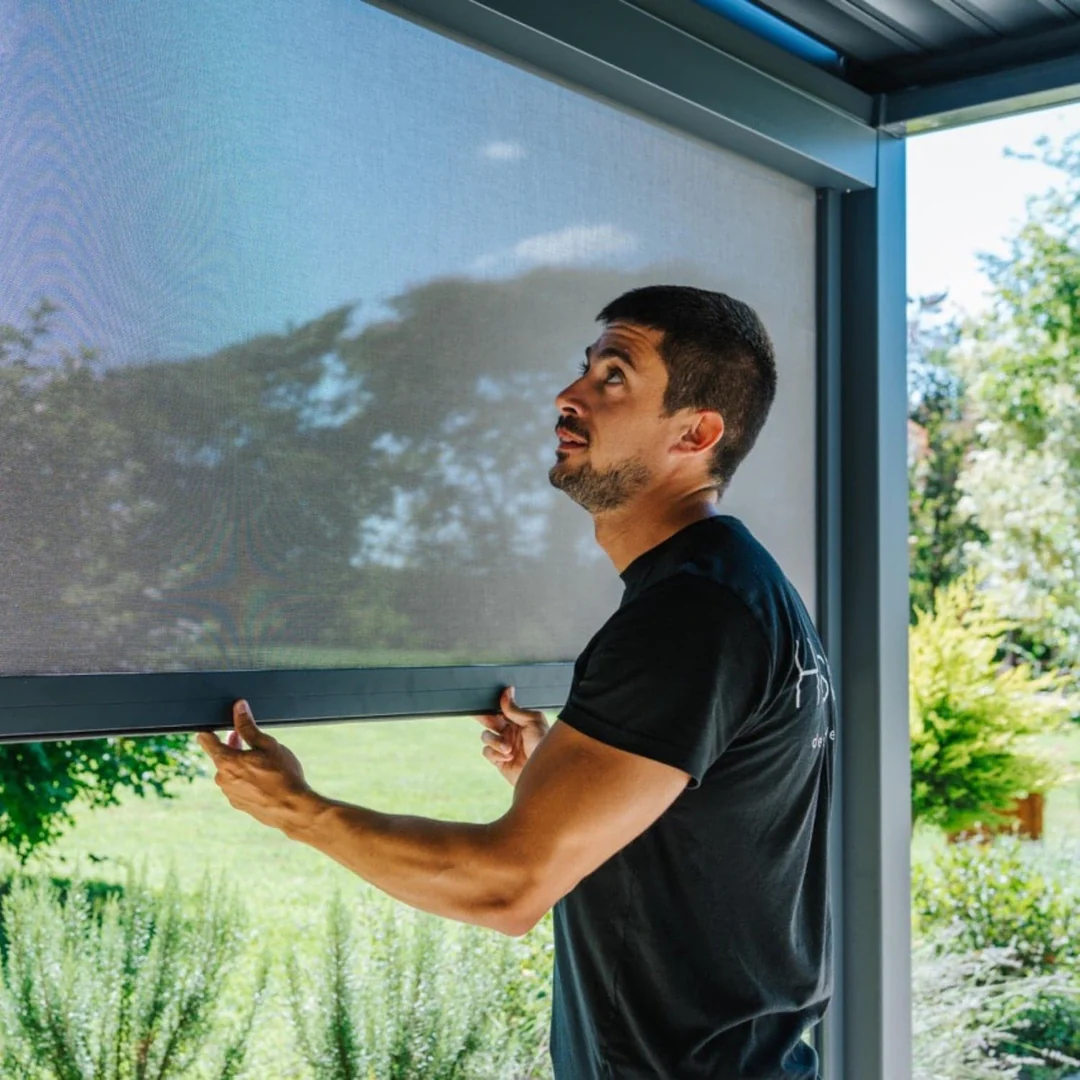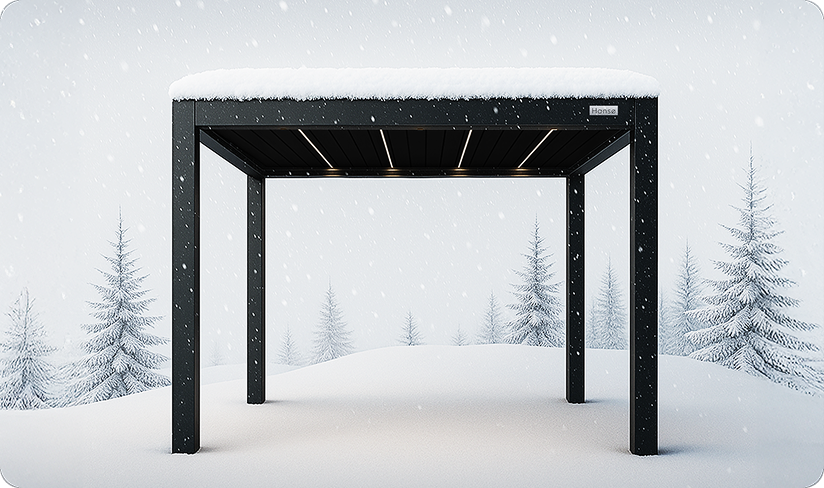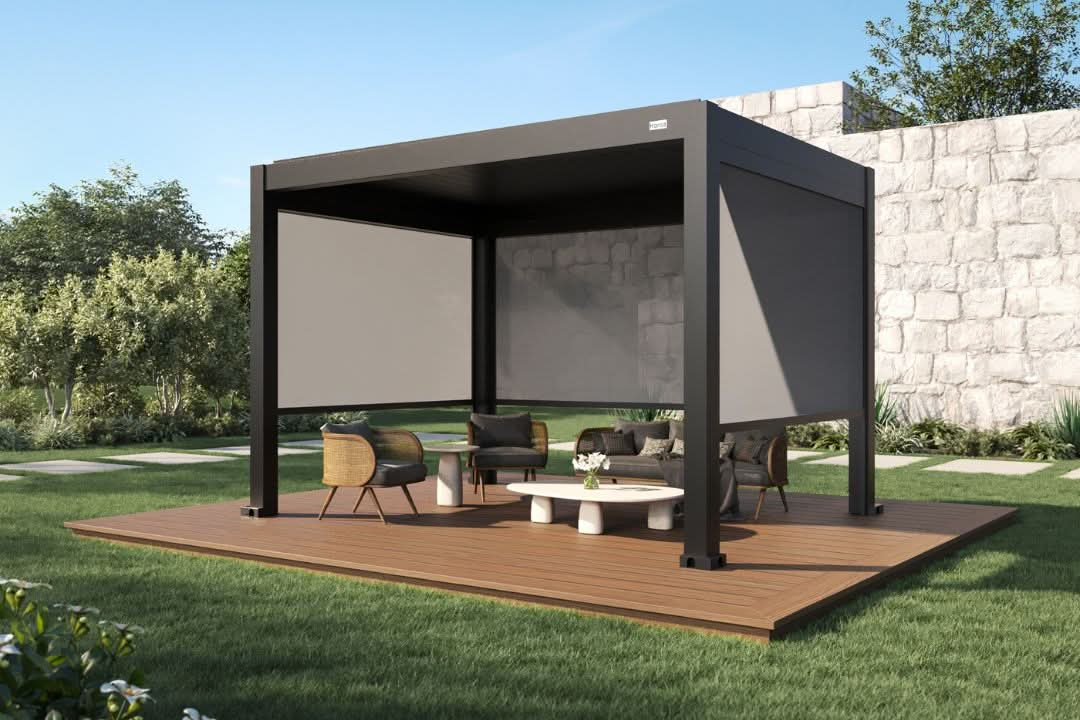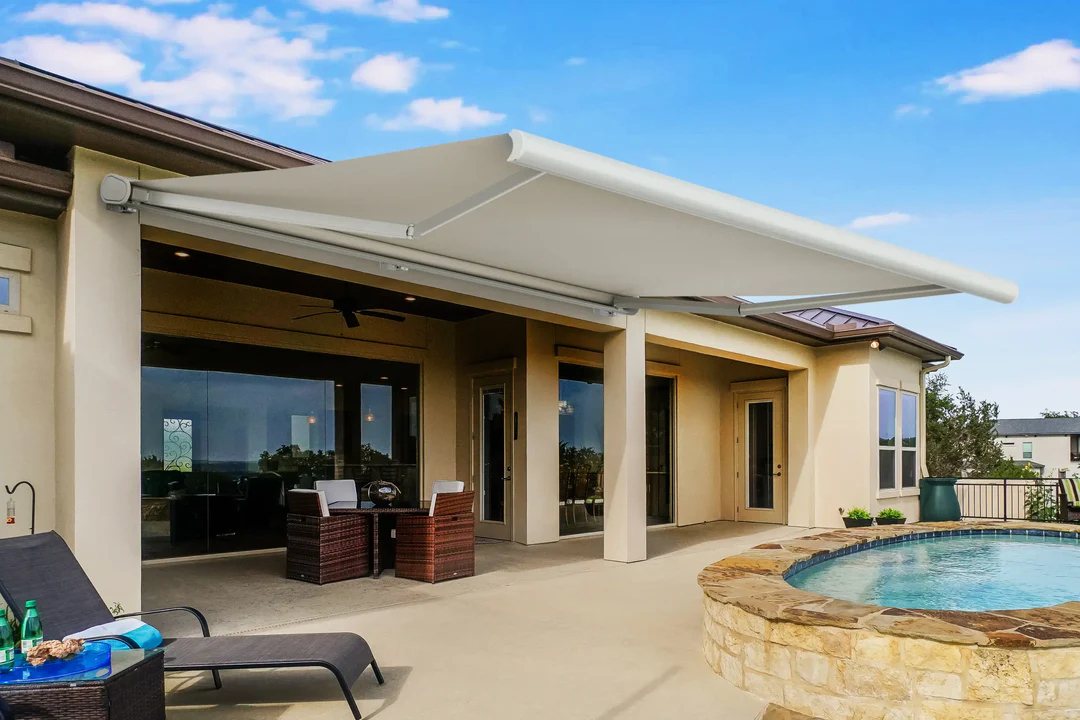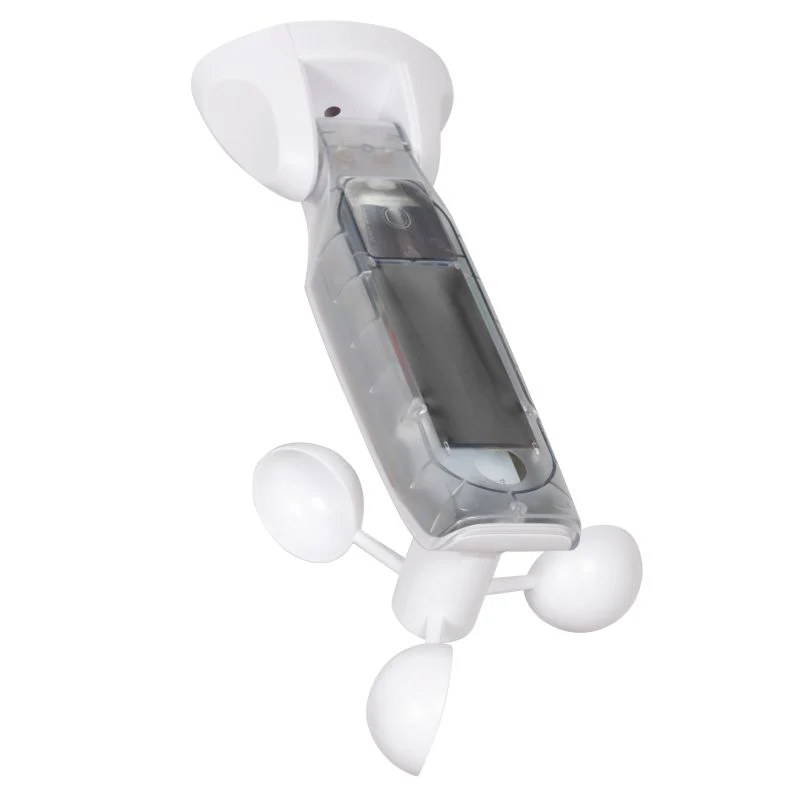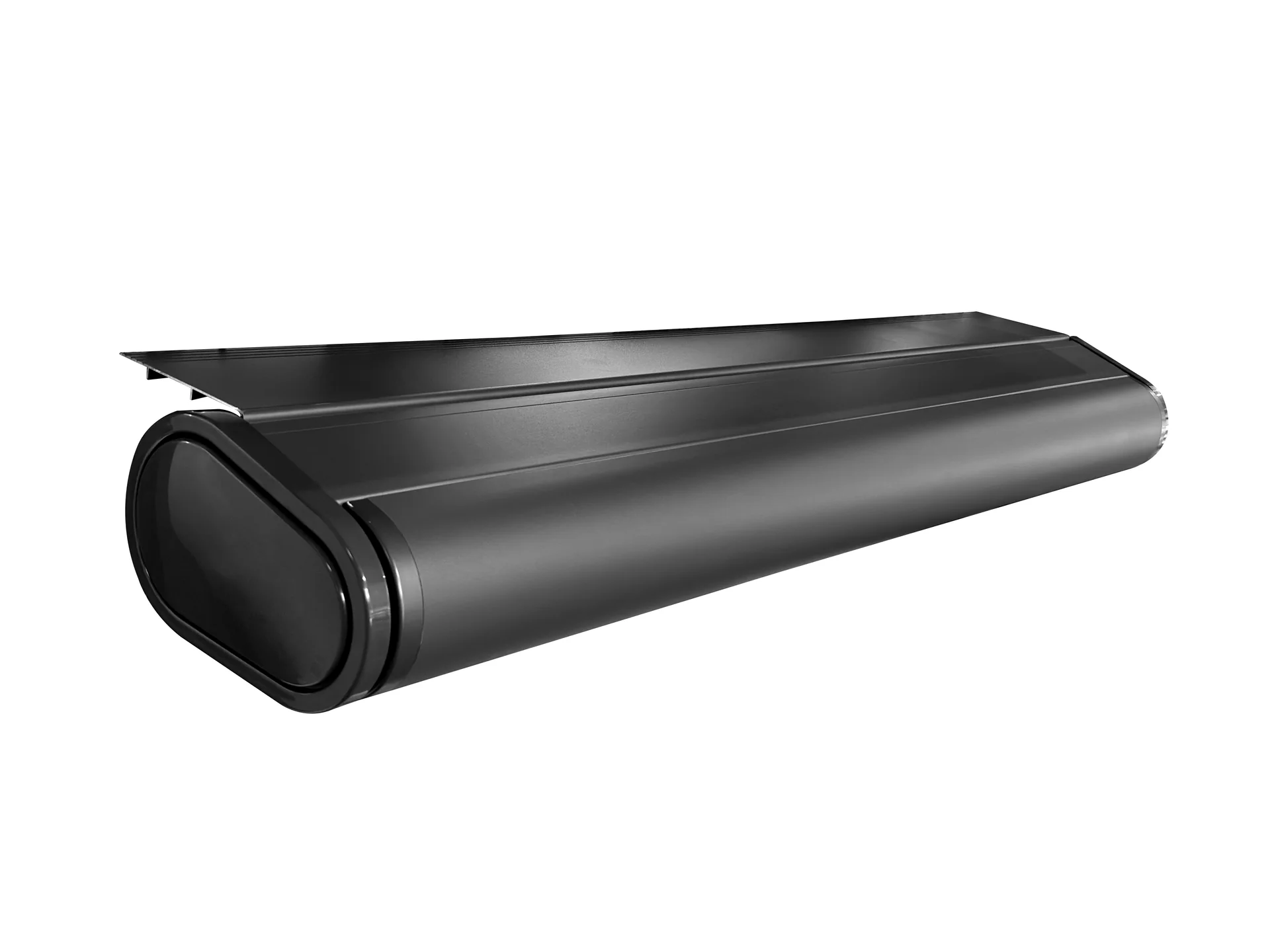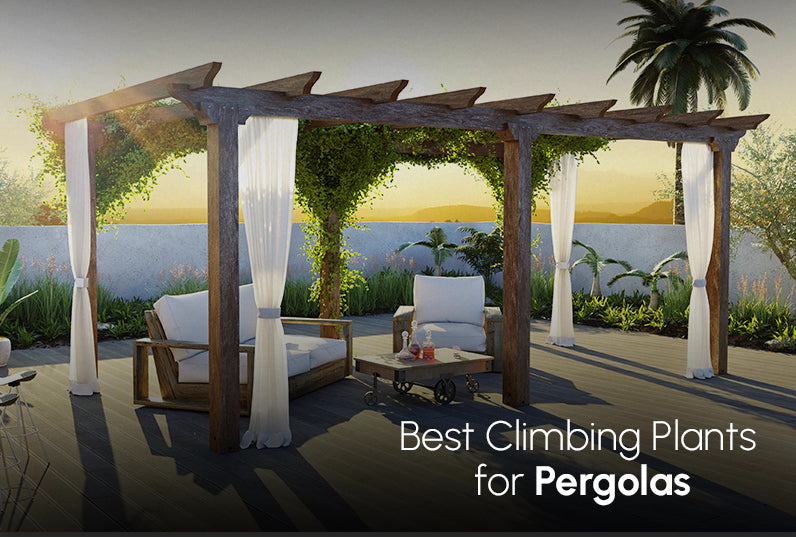Pergola Vs. Trellis: What's The Difference?

In this article, we'll dive into the key differences between a pergola and a trellis, unraveling the unique features and uses of each to help you decide which is best suited for your garden.
Here's the quick answer:
A pergola is an open, larger structure designed to provide shade and space for outdoor relaxation, a trellis is typically a smaller, panel-like structure used to support climbing plants and add a decorative touch to walls or fences.
Understanding this distinction is crucial for anyone looking to enhance their outdoor areas with the right landscaping feature.
Key Features of a Pergola

1. Open Structure: Unlike closed outdoor structures, pergolas are renowned for their open and airy design. This open framework typically consists of vertical posts supporting cross-beams or open rafters. It's made in a way that lets natural light and a light breeze through, which makes it perfect for people who love the beauty of a view outside.
2. Louvered Roof Structure: While pergolas do not provide a completely enclosed roof, they feature a roof-like structure made of rafters and have a louvered roof. Not only does this design feature make your outdoor space more interesting to look at, but it also gives the impression of overhead protection, balancing being out in the elements and having a place to shelter.
Note: However, aluminum louvered pergola with adjustable louvers provide you control and allow you to have the roof closed or open as needed.
3. Shade Provision: One of the primary functions of a pergola is to provide shade. With its roof-like structure, a pergola offers respite from the sun while still allowing you to enjoy an outdoor environment. For enhanced shade, many opt for a retractable canopy, adjustable louvered aluminum pergolas, or add climbing plants like flowering vines or climbing roses, which further contribute to the aesthetic appeal.
4. Freestanding or Attached: Pergolas can be either freestanding structures, providing focal points in your garden, or attached to your home, extending your living space outdoors. You can make a private area in the corner of your yard or a smooth transition from your indoor to outdoor living space because it is so flexible.
Common Uses of a Pergola in Outdoor Living Spaces
Pergolas serve various practical purposes in enhancing outdoor living spaces:
1. Covering Your Patio: A pergola over your patio provides shade, making it a comfortable space for everyday use. There a lot of different pergola shade options and It's a practical solution for those who want to enjoy their patio in different weather conditions, offering protection from direct sunlight while keeping the area open and airy.
2. A Place of Leisure: Placing a pergola as a standalone structure in your garden can define a specific area for relaxation or entertainment. It's a straightforward way to create a designated spot for seating or a focal point in your garden without the need for extensive landscaping.
3. Outdoor Dining Place: Installing a pergola in your outdoor dining area can enhance the functionality of your space. It offers a sheltered area for an outdoor pergola kitchen or dining set, making it more comfortable to cook and dine outside, especially during sunny or slightly inclement weather.
Key Features of a Trellis

1. Interwoven Lattice Pieces: The hallmark of a trellis is its lattice structure, consisting of crisscrossed or interwoven materials. This design is not only visually appealing but also practical for supporting climbing plants like ivy, roses, or vines.
2. Support for Climbing Plants: Trellises are invaluable for gardeners looking to cultivate climbing plants. As mentioned above, they offer the necessary support for these plants to grow vertically, maximizing garden space and adding vertical interest to the landscape.
3. Versatility in Installation: Trellises can be freestanding or attached to other structures. Freestanding trellises can be used as garden dividers, while attached trellises can adorn walls, fences, or the sides of buildings, enhancing the aesthetic appeal of these surfaces.
4. Decorative Purpose: Unlike pergolas, trellises are not designed to provide shelter or cover for people. Their primary role is decorative, offering a unique visual element to gardens and outdoor spaces. They can transform a plain wall or fence into an eye-catching feature with the addition of flowering foliage.
Typical Roles of Trellis in Landscape Design
Understanding the typical roles of trellises in landscape design is key to utilizing them effectively. Trellises are not primarily used for creating outdoor living spaces but have their unique applications.
1. Wall Panels: Trellises can be attached to walls to serve as decorative panels. This use is especially common in urban settings where space is limited. By attaching a trellis to a wall and encouraging climbing plants to grow, you can create a living wall that adds a natural element and visual interest to an otherwise plain surface.
2. Garden Accents: In gardens, most trellis structures are often used as accent pieces. They can stand alone as a focal point in a garden or be used to mark the entrance to a garden area or path. Because of how they are built, flowering plants can grow up and over them, turning a simple trellis into a colorful, flowering yard feature.
3. Wall Topper Trellis: Adding a trellis as a wall topper is another innovative way to extend the height and aesthetic appeal of garden walls with a trellis. This application not only enhances privacy but also provides additional support for climbing plants, creating an elevated garden effect that can be both beautiful and functional.
Can You Combine Pergolas and Trellises in Landscape Design?

Let's move on from looking at individual structures and look at how pergolas and trellises work together in landscaping. When you put these two things together, you can make outdoor areas that are both creative and useful.
Integrating both a pergola and a trellis in landscape design not only enhances the visual appeal but also adds functionality.
Here are some ways to creatively combine these structures:
1. Pergola with Trellis Walls: A pergola can be equipped with trellis panels on one or more sides. This design creates a semi-enclosed space that offers more privacy while still maintaining an open and airy feel. The trellis walls provide additional support for climbing plants, further integrating nature into your outdoor living area.
2. Trellis as an Entrance to a Pergola: Using a trellis as an entranceway to a pergola can define a clear transition from one part of the garden to another. This arrangement not only creates an inviting pathway but also allows for a gradual introduction to the sheltered space of the pergola.
3. Design Continuity: Using similar materials and design elements for both the pergola and the trellis can establish a sense of continuity in your outdoor space. This approach ties the different areas of your garden together, creating a cohesive and harmonious landscape design.
4. Trellises on Pergola Roofs: Another effective way of combining these structures involves integrating trellises on top of a pergola's roof. This addition can create a dynamic layered effect, providing more surfaces for climbing plants to thrive and adding an extra layer of shade and visual interest to the pergola.
Conclusion
In our exploration of the difference between a pergola and a trellis, we've uncovered the unique characteristics and roles of each structure in enhancing outdoor spaces.
Pergolas, with their open structure and roof-like design, offers a blend of shade and space for relaxation in outdoor living areas.
Trellises, on the other hand, are more focused on providing support for climbing plants, adding ornamental value with their interwoven lattice designs.
When it comes to integrating these structures into your landscape, the possibilities are both varied and creative.

